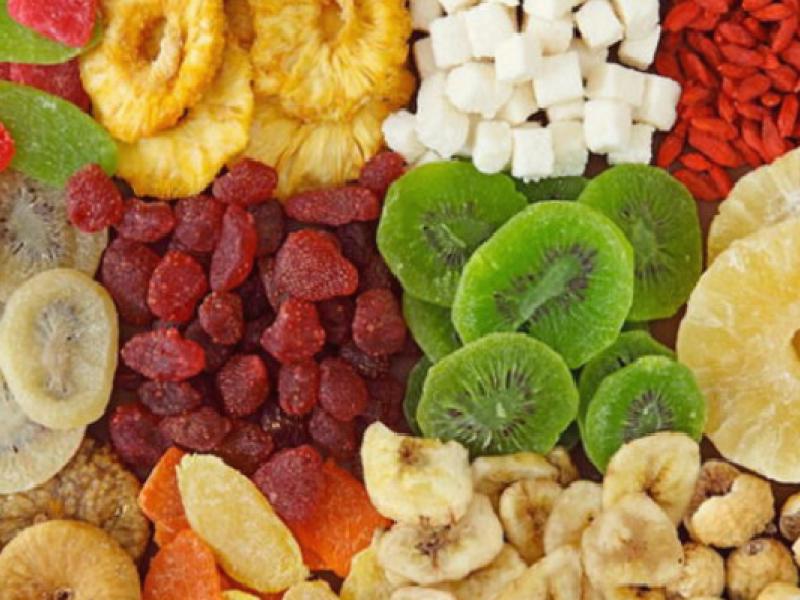2-3 to prevent sudden blood sugar rises and falls.
one minute of “sweet” conversation:
It is possible to define the glycemic index as the potential of a food containing carbohydrates (sugar) to increase blood sugar.
Sugars exist in nature in different forms. It consists of the combination of tea sugar (sucrose), glucose (grape sugar) + fructose (fruit sugar) molecules that come to mind in the first place. The sugars in fruits are in the form of fructose. As in foods such as potatoes and rice, we call starches with larger molecules and complex structures.
After the food is taken into the body, as a result of digestion, they are divided into nutrients such as protein, carbohydrate (sugar) and fat. Sugars, one of these nutrients, are the most valuable cluster that meets the power requirement. In addition, sugars, which are the only food source for our brain, are present in different proportions in foods.
The glycemic index value of a food is calculated as the percentage cost of the blood sugar equivalent of that food 2 hours after it is eaten, compared to the response of the standard bread. Let’s formulate:
The concept of glycemic index has been more controversial recently, as there is interest in the middle of food intake with high glycemic index value and diabetes (diabetes), obesity and other chronic metabolic diseases associated with them. Sudden increases in blood sugar trigger the secretion of insulin hormone from the pancreas, which is the body’s balancing mechanism. Insulin is the hormone responsible for the uptake of sugar from the blood into cells and the storage of fat. These sudden increases in blood sugar will result in sudden decreases due to the balancing mechanism, and since this cycle will always trigger the feeling of hunger, it may also create a place for chronic diseases such as obesity and, accordingly, diabetes (diabetes), metabolic syndrome.
Glycemic index classification:
< 40 is too low,
40-55 low,
56-69 medium,
> 70 are defined as high glycemic index foods.
The concept of “glycemic load” has also taken its place in the literature, since the effects of the amount of portions of foods consumed at meals on blood sugar are valuable together with the concept of glycemic index. The concept of glycemic load is used to show the effect of the amount of a carbohydrate-containing food eaten on blood sugar. Even if a food has a high glycemic index, its glycemic load may be low when the amount consumed is small. For example, carrot is a food with a high glycemic index, but the concept of glycemic index shows the effect of a food containing 50 grams of carbohydrates on blood sugar. However, 6 medium-length carrots containing 50 grams of carbohydrates are not usually eaten at once. In fact, the glycemic load resulting from consuming 1 medium-length carrot containing about 8 grams of carbohydrates is low. For this reason, besides the glycemic index of a food, it is extremely valuable to determine the glycemic load of that food.
Glycemic Index Values of Some Foods:
White bread ————- : 100
Bulgur ——————– : 65
Brass———————- : 83
Spaghetti —————— : 66
Egypt———————– : 87
Root vegetables ————- : 70-116
Legumes———- : 20-60
Milk works ————— : 46-52
Skim milk—————– : 46
Whole milk——————— : 43
Ice Cream —————— : 52
Fruits—————– : 34-93
Banana———————– : 84
Orange——————- : 59
Orange juice———— : 64
Apple———————- : 53
Candies —————— :30-152
Fructose——————- :30
Glucose——————- : 138
Maltose —————— — : 152
Sucrose —————— — : 89
Honey———————– : 126
Yogurt——————- : 52
Factors affecting the cost of the glycemic index:
The fiber (pulp) ratio of the food (white bread↑, whole wheat bread↓)
Whether the food is consumed cold or hot (kumpir↑, cold potato salad↓)
Consumption of food in solid or liquid form (juices↑, fruit itself↓)
Eating the food plain (↑) or with protein / fatty foods (↓) is also one of the factors affecting the glycemic index.
Should we never consume foods with high glycemic index value?
It should definitely not draw thick lines. It would be beneficial to review our consumption habits and reduce the frequency and, of course, the measures. It is unreasonable to make offers to people that you should not consume lifelong desserts, cakes and cookies, juices. If we consume everything in moderation, it will be possible to maintain a pleasant lifestyle, not isolated from life, but intertwined with life, on the basis of a healthy diet.
With pleasure…

